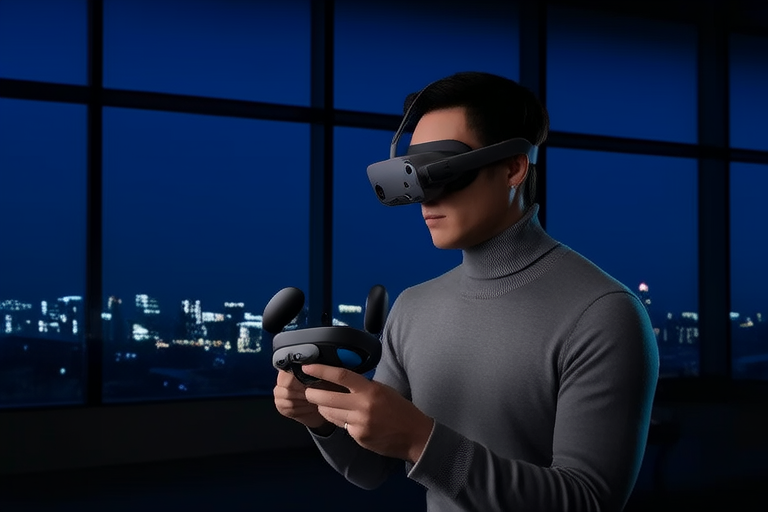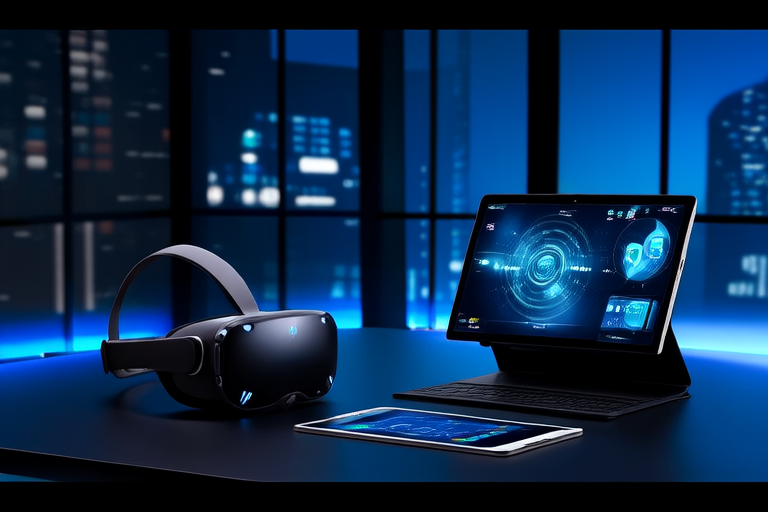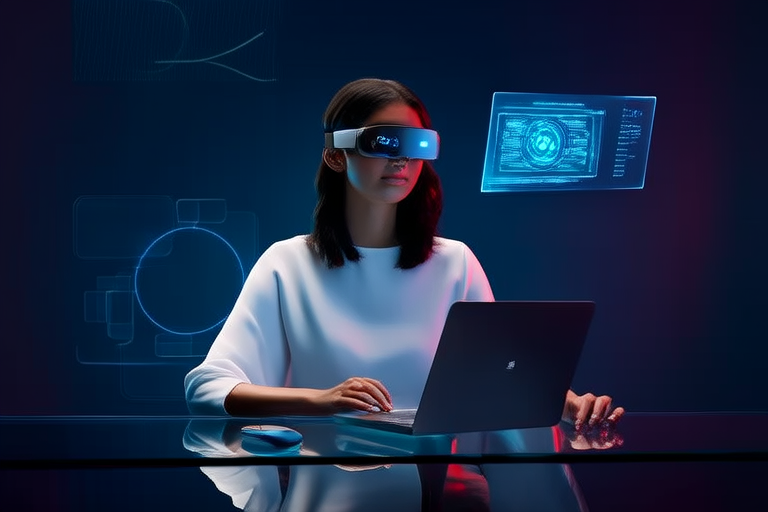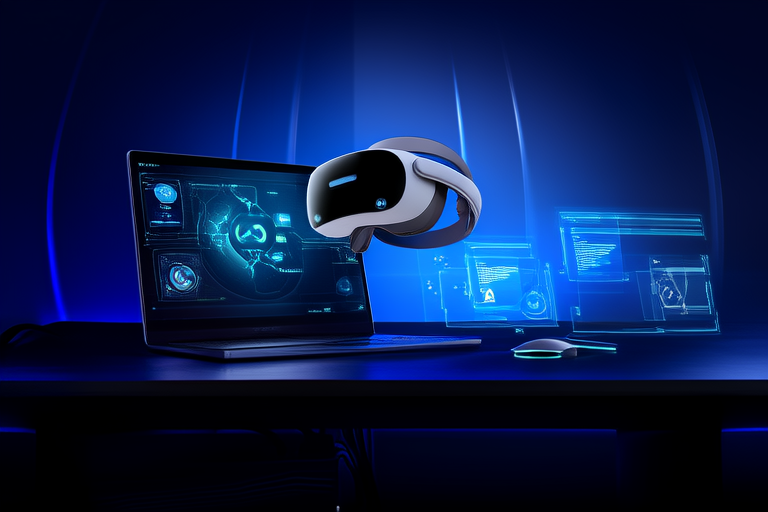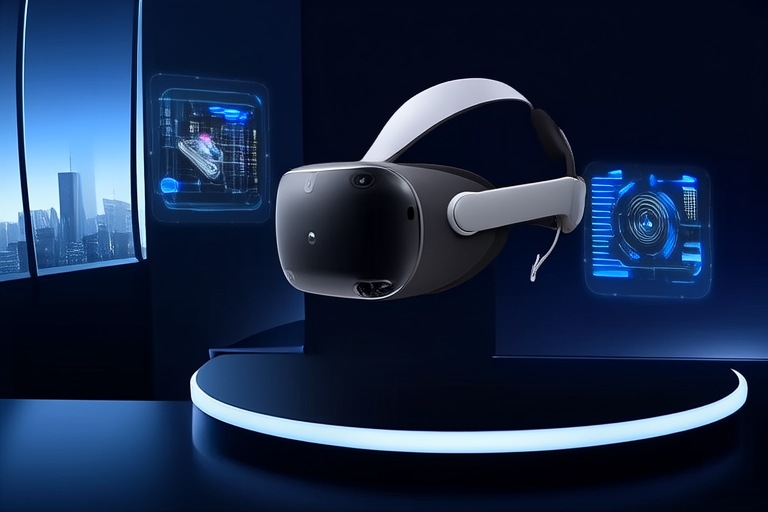Innovations in VR and AR: What’s Next for Virtual and Augmented Reality?
Introduction
Virtual Reality (VR) and Augmented Reality (AR) have emerged as transformative technologies that are reshaping industries and enhancing human experiences. VR immerses users in entirely digital environments, while AR overlays digital information onto the real world. Both technologies have seen significant advancements, offering unprecedented opportunities for entertainment, education, healthcare, and beyond.
Currently, VR and AR are widely used across multiple sectors. In healthcare, they facilitate training simulations and telemedicine. In education, they provide interactive learning environments and virtual classrooms. Retail benefits from virtual try-ons and immersive shopping experiences. Manufacturing leverages these technologies for remote maintenance, training programs, and design visualization. Entertainment sees immersive gaming and new storytelling methods.
Historical Context
The journey of VR and AR began decades ago with early prototypes and has since evolved into sophisticated applications. Key milestones include the development of head-mounted displays (HMDs) in the 1960s and the introduction of AR through the first heads-up display (HUD) in the 1980s. Over time, advancements in computing power, graphics processing, and sensor technology have enabled more realistic and interactive experiences.
Pioneering technologies such as the Oculus Rift and Microsoft HoloLens have significantly contributed to the current landscape. These innovations have paved the way for modern applications that integrate seamlessly into daily life, offering both practical and recreational benefits.
Current Innovations
Recent advancements in VR and AR hardware have dramatically improved user experiences. Newer headsets offer higher resolution displays, better field-of-view, and more comfortable designs. Controllers have become more intuitive, with advanced haptic feedback systems enhancing realism. Tracking systems now provide more accurate and responsive motion capture, enabling smoother interactions.
Software innovations have also played a crucial role. Developers are creating more immersive experiences, integrating AI for personalized interactions, and enhancing user interfaces for easier navigation. Breakthroughs in haptic feedback, spatial audio, and eye-tracking technology further enhance immersion, making virtual and augmented worlds feel more tangible and engaging.
Industry Applications
Healthcare
VR and AR are revolutionizing healthcare through training simulations, telemedicine, and patient care. Surgeons can practice complex procedures in virtual environments, reducing risks during actual operations. Telemedicine allows doctors to consult patients remotely, improving access to specialized care. AR can assist in surgical planning and provide real-time guidance during procedures.
Education
Interactive learning environments and virtual classrooms are transforming education. Students can explore historical sites, conduct virtual experiments, and collaborate on projects in immersive settings. Remote collaboration tools enable educators to connect with students worldwide, fostering global learning communities.
Retail
Virtual try-ons and immersive shopping experiences are enhancing customer engagement. Retailers can create personalized shopping experiences, allowing customers to visualize products in their homes before purchasing. AR can provide additional product information and interactive features, increasing customer satisfaction and loyalty.
Manufacturing
Remote maintenance and training programs are improving operational efficiency. Workers can receive real-time guidance and troubleshoot issues from anywhere. Design visualization tools allow engineers to prototype and refine designs in virtual spaces, reducing costs and time-to-market.
Entertainment
Immersive gaming and live events are pushing the boundaries of storytelling. Gamers can experience hyper-realistic environments and interact with characters in ways never before possible. Live events, such as concerts and sports, can be broadcasted in AR, offering fans a unique viewing experience.
Challenges and Limitations
Despite their promise, VR and AR face several challenges. High costs, limited accessibility, and user comfort issues remain barriers to widespread adoption. Privacy concerns and data security are paramount, especially as these technologies collect sensitive personal information. Ethical considerations, such as the potential for addiction and misinformation, must also be addressed.
Future Prospects
The future of VR and AR holds exciting possibilities. Cloud-based VR/AR will enable more powerful and accessible experiences, removing the need for high-end hardware. Advanced AI integration will personalize interactions and enhance realism. Seamless multi-sensory experiences will further blur the lines between the physical and digital worlds.
Potential breakthroughs, such as brain-computer interfaces and fully immersive digital twins, could transform these industries. These technologies have the potential to revolutionize how we interact with the world, offering unparalleled opportunities for creativity, collaboration, and exploration.
Conclusion
VR and AR have come a long way since their inception, offering innovative solutions across numerous industries. From healthcare to entertainment, these technologies are enhancing experiences and driving progress. As we look to the future, continued innovation promises even greater advancements, opening up new possibilities for society and various sectors.
The potential impact of VR and AR is immense, and their future发展前景广阔,将继续推动社会和各个行业的进步。我们期待着这些技术带来的令人兴奋的可能性。
